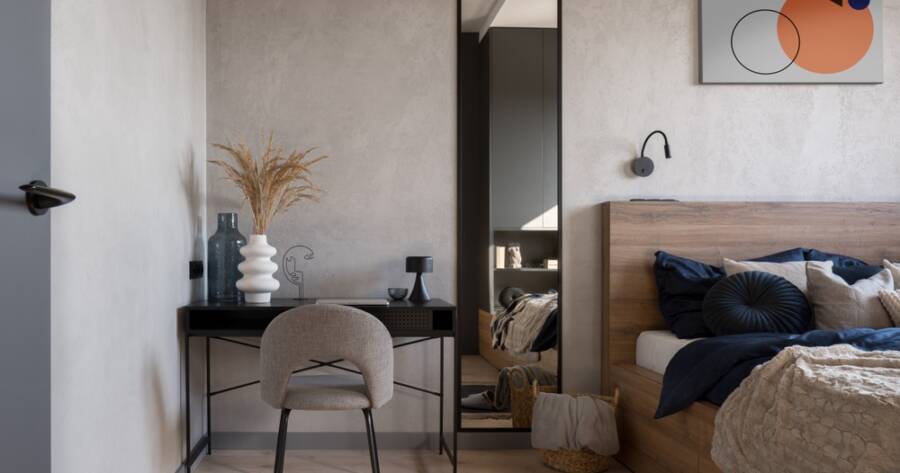A spare room holds endless possibilities when thoughtfully designed to serve more than one function. Instead of letting it become a catchall for storage, it can transform into a versatile area that adapts to your lifestyle. Whether balancing work and relaxation or welcoming guests and hobbies, a multi-purpose room maximizes every square foot. With smart planning and flexible furnishings, one space can seamlessly meet a variety of needs.
Define the Primary Functions
Begin by deciding which activities matter most. A room might double as a guest suite and home office, or as a workout area and creative studio. Establishing clear priorities ensures each purpose gets the right amount of space and attention.
Sketch a rough layout to visualize how different zones will coexist. Knowing what you truly need helps guide furniture choices and prevents overcrowding, keeping the room balanced and functional.
Choose Flexible Furniture
Furniture that serves multiple roles is essential for a dynamic space. A sleeper sofa or daybed easily transitions from lounge seating to guest accommodations. Fold-out desks or wall-mounted tables create workstations that disappear when not in use.
Storage ottomans, nesting tables, and convertible benches add seating while hiding clutter. By investing in versatile pieces, the room remains stylish and organized, ready to shift between activities without hassle.
Use Smart Storage Solutions
Effective storage keeps a multi-purpose room from feeling chaotic. Built-in shelving, modular cubbies, and under-bed drawers provide designated spots for everything from workout gear to office supplies.
Consider using vertical space with wall hooks or tall bookcases to free up the floor. Labeling bins and baskets ensures items are easy to find and return, making transitions between uses seamless and stress-free.
Create Distinct Zones
Defining specific areas maintains order and flow. Area rugs, folding screens, or open shelving can separate a workspace from a sleeping area without building permanent walls.
Lighting also helps delineate zones—task lighting for a desk and soft lamps for a reading corner create visual boundaries. Clear divisions keep each activity focused while maintaining a cohesive design throughout the room.
Incorporate Personal Style
A multi-purpose room should still reflect personality. Choose a unifying color palette to tie different zones together while adding decorative touches like art, plants, or textured textiles.
Balance aesthetics with practicality by selecting durable fabrics and low-maintenance finishes. Thoughtful décor ensures the space feels welcoming and curated, no matter how it’s being used at any given time.
Keep Flexibility in Mind
As needs change, the room should adapt. Select lightweight furniture that’s easy to rearrange and modular storage systems that can expand or contract.
Leave some open space for unexpected uses, whether it’s a new hobby or visiting relatives. Building in flexibility allows the room to evolve gracefully with your lifestyle, staying relevant for years to come.
One Room, Many Possibilities
A spare room can become the most dynamic area in a home when planned with versatility in mind. By blending flexible furniture, smart storage, and personal style, it easily shifts between work, leisure, and hosting guests. This thoughtful approach ensures every corner serves a purpose, creating a functional yet inviting space that adapts beautifully to life’s changing demands.

